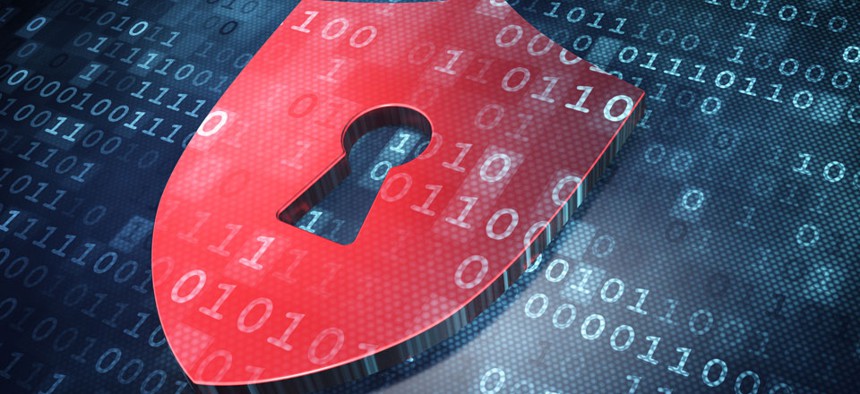Health Care Sector to Test Reflexes for Cyber Attack

Maksim Kabakou/Shutterstock.com
HHS and industry will simulate assaults on networks underpinning the medical sector and test their ability to fight back.
The health sector, in partnership with the federal government, will conduct simulated attacks against health care networks this spring to test their vulnerability to hackers, industry officials announced on Monday.
The simulation, scheduled for March, marks the first time insurers, hospitals, pharmaceutical manufacturers, and the Health and Human Services Department will run a fire drill in concert. Health care has been named one of 17 critical infrastructure sectors that, if disrupted by a cyberattack, could have far-reaching consequences for the nation.
HHS Chief Information Security Officer Kevin Charest said in a statement, “Our goal for the exercises is to identify additional ways that we can help the industry be better prepared for and better able to respond to cyberattacks. This exercise will generate valuable information we can use to improve our joint preparedness.”
It is unclear whether the event will test the reflexes of HealthCare.gov, the problem-plagued online health insurance exchange developed by the Obama administration under the Affordable Care Act.
The Health Information Trust Alliance, a medical information technology advocacy group, will coordinate the event.
The medical industry already suffers from data breaches that have jeopardized patient privacy and facilitated fraud. According to a 2012 Ponemon Institute study, 94 percent of health care organizations experienced at least one data breach during the previous two years.
The aim of this spring’s simulated hacking exercise, dubbed CyberRX, is to discover weaknesses in preparedness and spot areas where information sharing could be improved.
HITRUST has stood up an incident response center that circulates intelligence about threats among industry specialists, as well as HHS and Homeland Security Department officials. The March drill is partly aimed at determining the efficiency of that model.
Participants will include Children's Medical Center Dallas, CVS Caremark and Express Scripts, as well as numerous insurance providers including Health Care Service Corp., Humana, UnitedHealth Group, and WellPoint.
A second experiment is planned for this summer.
“As cyber threats continue to increase and the number of attacks targeted at healthcare organizations rise, industry organizations are seeking useful and actionable information with guidance that augments their existing information security programs without duplication or complication,” HITRUST Chief Executive Officer Daniel Nutkis said in a statement. “CyberRX will undoubtedly provide invaluable information that can be used by organizations to refine their information protection programs."
The healthcare industry is not the first critical infrastructure sector to check its cyber hygiene.
Last November, in California, almost 10,000 electrical engineers, cybersecurity specialists, utility executives and FBI agents spent 48 hours with a fake adversary who tried to turn out the lights across America, the New York Times reported. The previous month, the financial sector ran a simulation -- its second since 2011 -- called "Quantum Dawn 2" that showed resiliency but also areas where the industry can do better, according to USA Today. The six-hour trial run herded more than 500 people and more than 50 organizations, including Wall Street banks, stock exchanges, utilities, DHS, the FBI and the Treasury Department.
(Image via Maksim Kabakou/Shutterstock.com)
NEXT STORY: Cops name and shame drunk drivers on Twitter






